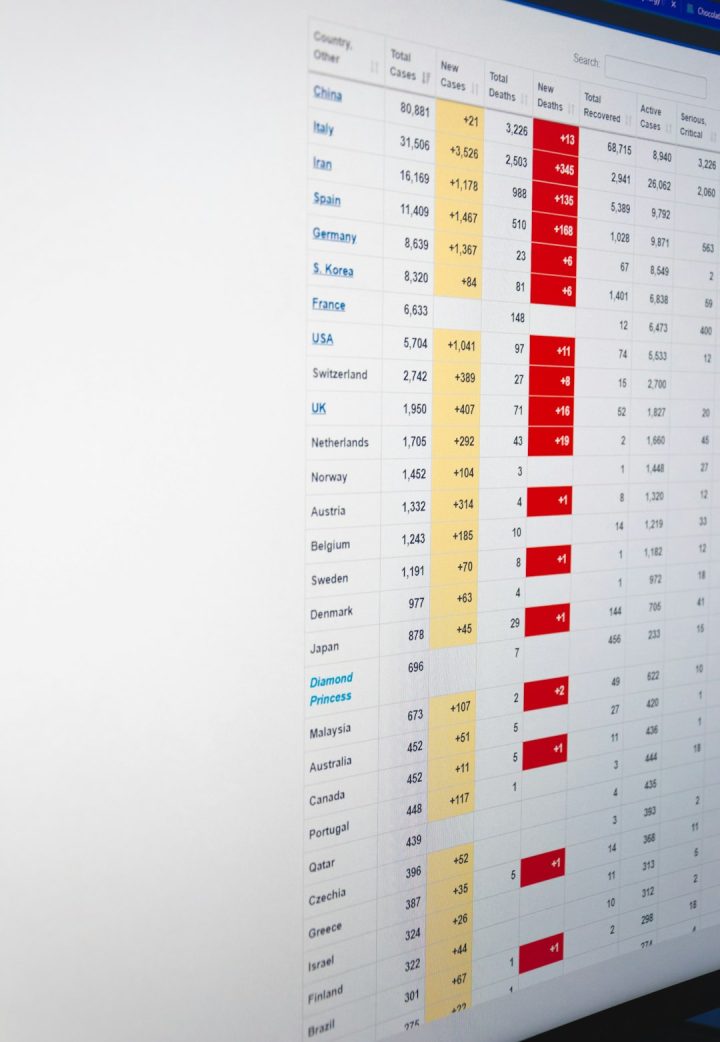Email marketing remains one of the most effective forms of digital communication across various industries. Whether you’re promoting a product, service, or simply nurturing trust, the way you structure and target your campaigns must align with the specific demands and expectations of your industry. Below are key considerations to keep in mind when tailoring email marketing strategies across different sectors.
1. Understand Industry-Specific Goals
Every industry has unique objectives when it comes to customer interaction. A retail brand might focus on flash sales and new arrivals, while a healthcare provider prioritizes appointment reminders and wellness tips. Identifying these goals first helps you shape all other aspects of the campaign, including content, frequency, and tone.
- Retail: Drive conversions through limited-time offers and personalized product recommendations.
- Healthcare: Foster trust by providing valuable educational content and proactive reminders.
- Real Estate: Share listings, market trends, and neighborhood insights to inform prospective buyers.
Targeted objectives ensure your messaging resonates with your audience, fostering engagement and loyalty.
2. Comply with Industry Regulations
Failing to adhere to legal requirements in email marketing can result in reputational damage or hefty fines. Different industries are bound by different laws:
- Healthcare: Must comply with HIPAA regulations in the U.S., meaning personal health information must be protected and never disclosed improperly.
- Finance: Must ensure transparency and protect users’ financial data, complying with regulations like GDPR and the CAN-SPAM Act.
- Education: Often must get explicit parental consent when contacting minors or discussing student data.
Understanding and implementing the necessary security and privacy steps is essential for maintaining credibility and trust.
3. Personalization and Segmentation
Regardless of industry, personalized and segmented campaigns outperform generic emails. However, what data you segment by can differ. For example:
- E-commerce: Customer behavior, purchase history, and cart abandonment are key signals.
- Travel and Hospitality: Interests, travel history, and seasonal preferences drive segmentation.
- B2B Services: Business size, industry sector, and position of the contact in the company hierarchy matter most.
Using analytics tools to gather these insights allows for stronger targeting and improved open and conversion rates.
4. Crafting the Right Message
Tone and messaging should be industry-appropriate. The casual tone of a fashion newsletter may be entirely unsuitable for a legal firm’s updates. Your message should align with your brand voice while addressing the specific concerns of your target market. Here are some examples:
- Legal: Use a formal tone that conveys authority and clarity when discussing laws and services.
- Technology: Explain complex products in accessible language, using visuals or infographics for better understanding.
- Non-profits: Use emotionally compelling storytelling to inspire donations or involvement.
Additionally, ensure clear calls-to-action (CTAs). Each email should guide the recipient toward a specific action, whether it’s signing up, making a purchase, or downloading a resource.
5. Timing and Frequency
When and how often you send emails can significantly affect their impact. For instance, daily promotional emails might work for fast-moving consumer goods but would overwhelm recipients in sectors like education or healthcare. Consider the following timing strategies:
- B2B industries: Weekday mornings (usually Tuesday to Thursday) tend to have higher engagement.
- Retail: Weekends or late evenings can be effective for targeting casual browsers.
- Entertainment: Timed releases tied to events or premieres help align viewer interest and urgency.
Test and analyze your open rates regularly to determine the optimal sending window for your industry.
6. Mobile Optimization and Visual Design
Regardless of what field you operate in, a majority of users are reading their emails on mobile devices. Industry-appropriate design and responsive elements are key considerations:
- Retail and E-commerce: Visual-heavy formats with clear product images and quick Buy Now buttons.
- Finance or Legal: Simplified formats focusing on readability and trust-enhancing branding.
- Events and Hospitality: Use rich imagery and clear directions for booking or RSVP features.
Whitespace, font size, and interactive options like surveys or clickable CTAs should all be tested for mobile compatibility to maximize impact.
Conclusion
Conducting effective email marketing campaigns isn’t about a one-size-fits-all strategy—it’s about deeply understanding the nuances of your industry and audience. By aligning your content, timing, design, and compliance tactics to the expectations of your field, you increase your chances of building meaningful engagement and achieving campaign success.
With the right strategy in place, email marketing can bridge the gap between your brand and audience, turning subscribers into loyal customers.
